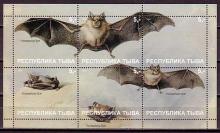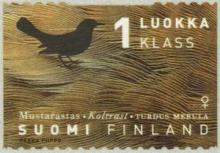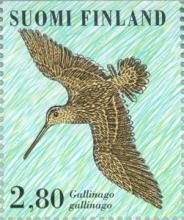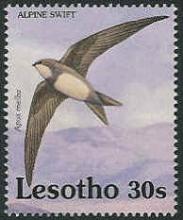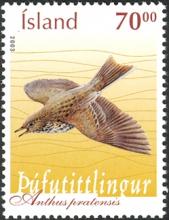The teratogenic potential of the herbicide glyphosate-Roundup in Wistar rats
The aim of this study was to assess the teratogenicity of the herbicide glyphosate-Roundup† (as commercialized in Brazil) to Wistar rats. Dams were treated orally with water or 500, 750 or 1000 mg/kg glyphosate from day 6 to 15 of pregnancy. Cesarean sections were performed on day 21 of pregnancy, and number of corpora lutea, implantation sites, living and dead fetuses, and resorptions were recorded. Weight and gender of the fetuses were determined, and fetuses were examined for external malformations and skeletal alterations. The organs of the dams were removed and weighed. Results showed a 50% mortality rate for dams treated with 1000 mg/kg glyphosate. Skeletal alterations were observed in 15.4, 33.1, 42.0 and 57.3% of fetuses from the control, 500, 750 and 1000 mg/kg glyphosate groups, respectively. We may conclude that glyphosate-Roundup† is toxic to the dams and induces developmental retardation of the fetal skeleton.


